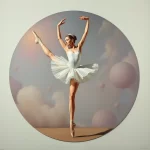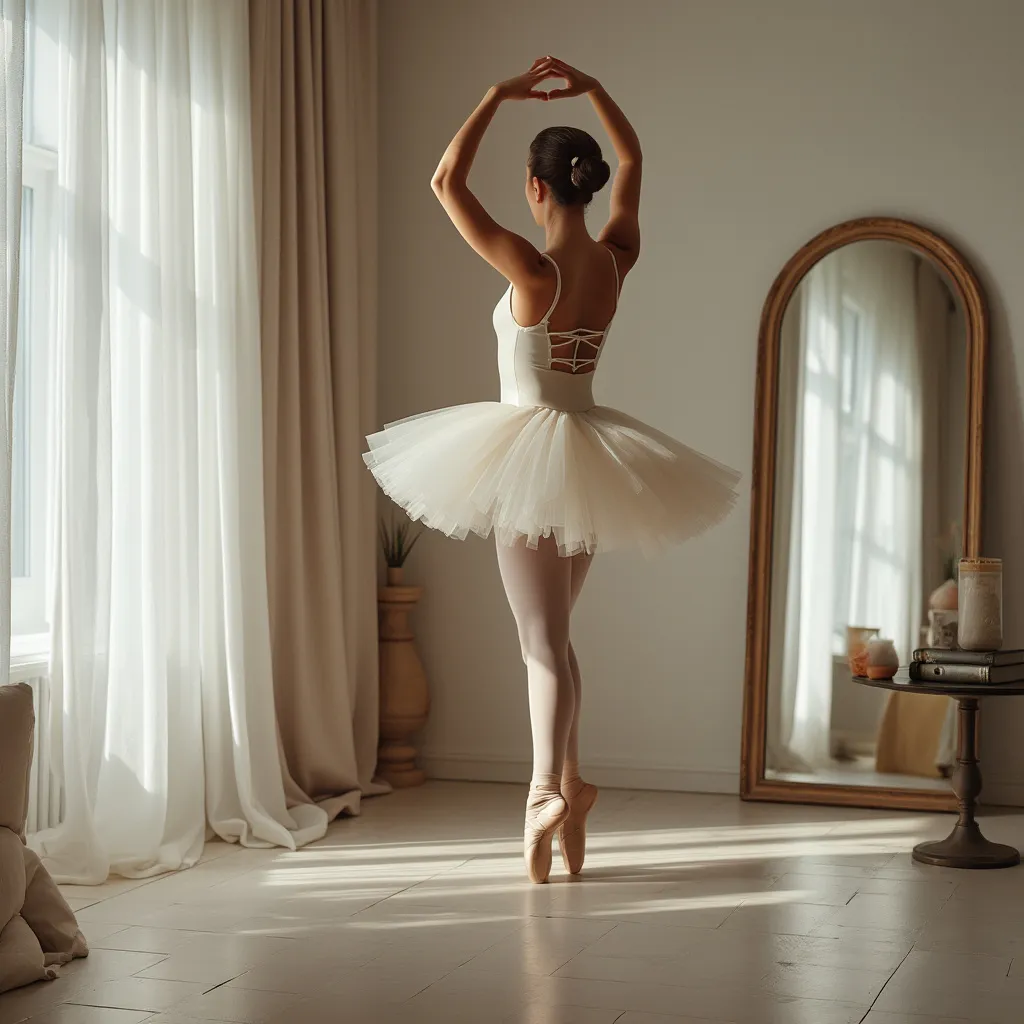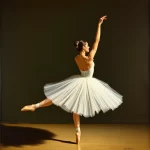The French Origins of Ballet Terms

Introduction
Ballet, a highly technical form of dance, is renowned for its grace, precision, and expressive movements. Originating in the Italian Renaissance courts of the 15th century, ballet was later refined and formalized in France, where it gained immense popularity. The French influence on ballet is so profound that many of the terms used in ballet today are French. This article delves into the French origins of ballet terms, exploring their historical context, meanings, and significance in the world of dance.
The Historical Context of Ballet
The Birth of Ballet in Italy
Ballet began in the Italian Renaissance courts as a form of entertainment for the aristocracy. It was initially a combination of dance, music, and poetry, performed during lavish events and celebrations. The term “ballet” itself is derived from the Italian word “balletto,” meaning “little dance.”
The French Influence
When Catherine de’ Medici, an Italian noblewoman, married King Henry II of France in 1533, she brought her love for ballet to the French court. Under her patronage, ballet flourished in France, evolving into a more structured and codified art form. By the 17th century, King Louis XIV, known as the “Sun King,” further elevated ballet’s status by founding the Académie Royale de Danse in 1661. This institution played a crucial role in formalizing ballet techniques and terminology, many of which are still in use today.
Key French Ballet Terms and Their Meanings
Basic Positions and Movements
French ballet terminology encompasses a wide range of positions and movements, each with its own specific meaning and execution. Here are some fundamental terms:
- Plié: A bending of the knees while keeping the heels on the floor. It is a foundational movement that helps dancers develop strength and flexibility.
- Relevé: Rising onto the balls of the feet or toes. This movement enhances balance and control.
- Arabesque: A position in which one leg is extended behind the body while the other leg supports the dancer’s weight. It is a hallmark of classical ballet aesthetics.
- Port de bras: The carriage of the arms. This term refers to the graceful and fluid movement of the arms, which is essential for expressing emotion in ballet.
- Jeté: A leap in which one leg is thrown into the air. It is a dynamic and powerful movement that showcases a dancer’s athleticism.
Advanced Techniques
As dancers progress in their training, they encounter more complex terms and techniques. Some of these include:
- Fouetté: A whipping movement of the leg, often performed in a series of rapid turns. It requires exceptional balance and coordination.
- Pas de deux: A dance for two people, typically a male and female dancer. It is a central element of many classical ballets and showcases the partnership and chemistry between dancers.
- Grand jeté: A large leap in which the dancer throws one leg forward and the other leg backward, creating a split in mid-air. It is a breathtaking and dramatic movement.
- En pointe: Dancing on the tips of the toes using specially designed shoes. This technique is synonymous with classical ballet and requires immense strength and precision.
The Role of the Académie Royale de Danse
Standardizing Ballet Terminology
The establishment of the Académie Royale de Danse by King Louis XIV was a pivotal moment in the history of ballet. The academy’s primary goal was to standardize ballet techniques and terminology, ensuring consistency and uniformity in training and performance. The French language was chosen as the medium for this codification, cementing its status as the lingua franca of ballet.
Influence on Modern Ballet
The work of the Académie Royale de Danse laid the foundation for modern ballet. Many of the terms and techniques developed during this period are still taught in ballet schools worldwide. The French influence is evident not only in the vocabulary but also in the stylistic elements of ballet, such as its emphasis on elegance, precision, and expressive movement.
French Ballet Terms in Contemporary Dance
Global Adoption
Today, French ballet terms are universally recognized and used by dancers and choreographers across the globe. Whether in Russia, the United States, or Japan, ballet students learn the same terminology, creating a shared language that transcends cultural and linguistic barriers. This global adoption underscores the enduring legacy of French ballet.
Integration with Other Dance Forms
French ballet terms have also been integrated into other dance forms, such as contemporary dance, jazz, and even hip-hop. Choreographers often draw on ballet’s rich vocabulary to create innovative and dynamic movements, blending classical techniques with modern styles. This cross-pollination of dance forms highlights the versatility and adaptability of ballet terminology.
FAQ
Why are most ballet terms in French?
Most ballet terms are in French because ballet was formalized and codified in France during the 17th century, particularly under the patronage of King Louis XIV. The establishment of the Académie Royale de Danse played a crucial role in standardizing ballet techniques and terminology, which were documented in French.
What is the significance of French ballet terminology?
French ballet terminology provides a universal language for dancers and choreographers, ensuring consistency and clarity in training and performance. It also reflects the historical and cultural influence of France on the development of ballet as an art form.
Are there any non-French ballet terms?
While the majority of ballet terms are French, there are some terms from other languages, particularly Italian and Russian. For example, “ballon” (French) refers to the light, airy quality of jumps, while “ballabile” (Italian) describes a danceable piece of music. However, French remains the dominant language of ballet terminology.
How can I learn French ballet terms?
Learning French ballet terms typically involves formal ballet training, where instructors teach the terminology alongside the corresponding movements. Many ballet schools and academies offer classes that focus on the technical and linguistic aspects of ballet. Additionally, there are numerous online resources, including videos and glossaries, that can help you familiarize yourself with French ballet terms.
Do professional dancers need to know French?
While professional dancers do not need to be fluent in French, they must have a thorough understanding of French ballet terminology. This knowledge is essential for interpreting choreography, communicating with instructors and fellow dancers, and performing with precision and artistry.
Conclusion
The French origins of ballet terms are a testament to the profound influence of France on the development and formalization of ballet. From the early days of Catherine de’ Medici’s court to the establishment of the Académie Royale de Danse, French culture and language have shaped the vocabulary and techniques of this exquisite art form. Today, French ballet terms continue to serve as a universal language for dancers worldwide, bridging cultural divides and preserving the rich heritage of classical ballet. As we celebrate the elegance and beauty of ballet, we also honor the enduring legacy of its French origins.


